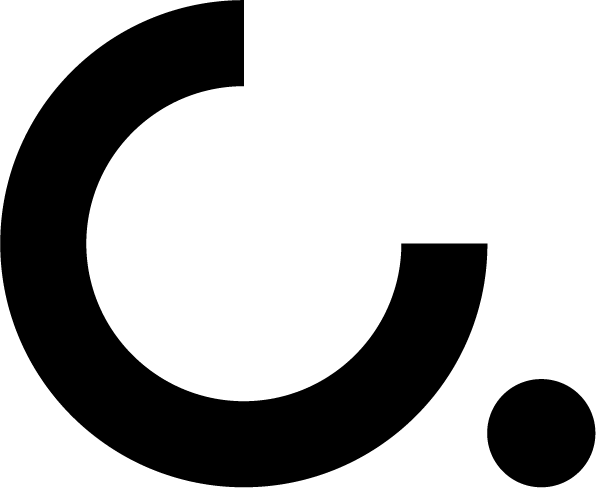Correspondence with TGA on advertising guidelines
Summary! :
No before and afters that contain scheduled substances.
New guidelines to come in the next month.
Dear Woodrow
The TGA regulates the advertising of therapeutic goods through the administration of the Therapeutic Goods Act 1989 (the Act) and subordinate legislation. Ahpra as you would be aware, regulates Australia's registered health practitioners. Together with the National Boards, Ahpra sets standards and policies that all registered health practitioners must meet.
Any party who advertises therapeutic goods must comply with the requirement of the Act, including health practitioners.
Advertising goods only available on prescription from a suitably qualified health practitioner to the public is prohibited under the Act including some goods regulated as medical devices that contain prescription only substances. Specifically, it is an offence against s 42DL(10) of the Act, and a breach of s 42DLB(7), to advertise therapeutic goods where the advertisement refers to substances, or goods containing substances included in Schedule 3, 4 or 8 to the current Poisons Standard but not in Appendix H of the current Poisons Standard (Scheduled Substances) other than a reference authorised or required by a government or government authority (not including a foreign government or foreign government authority).
An advertisement in relation to therapeutic goods includes any statement, pictorial representation or design that is intended, whether directly or indirectly, to promote the use or supply of therapeutic goods. In this context ‘indirect intent’ is measured according to the likelihood the audience of the material would reasonably consider the information/material is intended to promote the use or supply of therapeutic goods.
Advertisements for health services are not subject to the requirements of the Act unless the advertisement also promotes the use or supply of a therapeutic good. In most cases where an advertisement for a health service refers to a therapeutic good the advertisement for a health service will also be an advertisement for a therapeutic good. Reference to Scheduled Substances must not be made in advertisements for therapeutic goods. The TGA interprets ‘references to’ in this context as including any reference that is likely to draw the audience member’s mind to a Scheduled Substance. The reference therefore does not have to be explicitly made for the provision in the Act to be invoked. For example the reference could be made by naming ingredients, trade names, specific product and colloquial names or any of their abbreviations. It could also be made by using words that the audience is likely to identify as a scheduled substance. The TGA considers that references to ‘wrinkle-reducing injections’ and the like is a reference to Scheduled Substances because consumers are likely to reasonably conclude that the goods are injectable goods only available on prescription.
Before and after photos are generally used for promotional purposes. If the photos are used to promote a service or a health practitioner’s capabilities, this is outside the TGA’s remit. However, if it is clear to the consumer that the ‘after’ photo is a result of the administration of a therapeutic good that contains a Scheduled Substance, this would be prohibited under the Act.
These limitations do not apply to advertisements for medical devices that DO NOT contain substances included in Schedule 4 of the Poisons Standard. These goods can be advertised to consumers as long as the advertisements are compliant with all the legislative provisions related to advertising therapeutic goods.
As identified in the email from the TGA, guidance on how to promote cosmetic services compliantly in terms of the Act will be published on the TGA website soon.
I hope this clarifies any confusion – in a nutshell, in this context, the TGA has authority only in relation to the advertising of therapeutic goods. If promotional material relates solely to non-surgical (or surgical) cosmetic services and does not also promote the use or supply of therapeutic goods, it will not be within the TGA’s remit.

